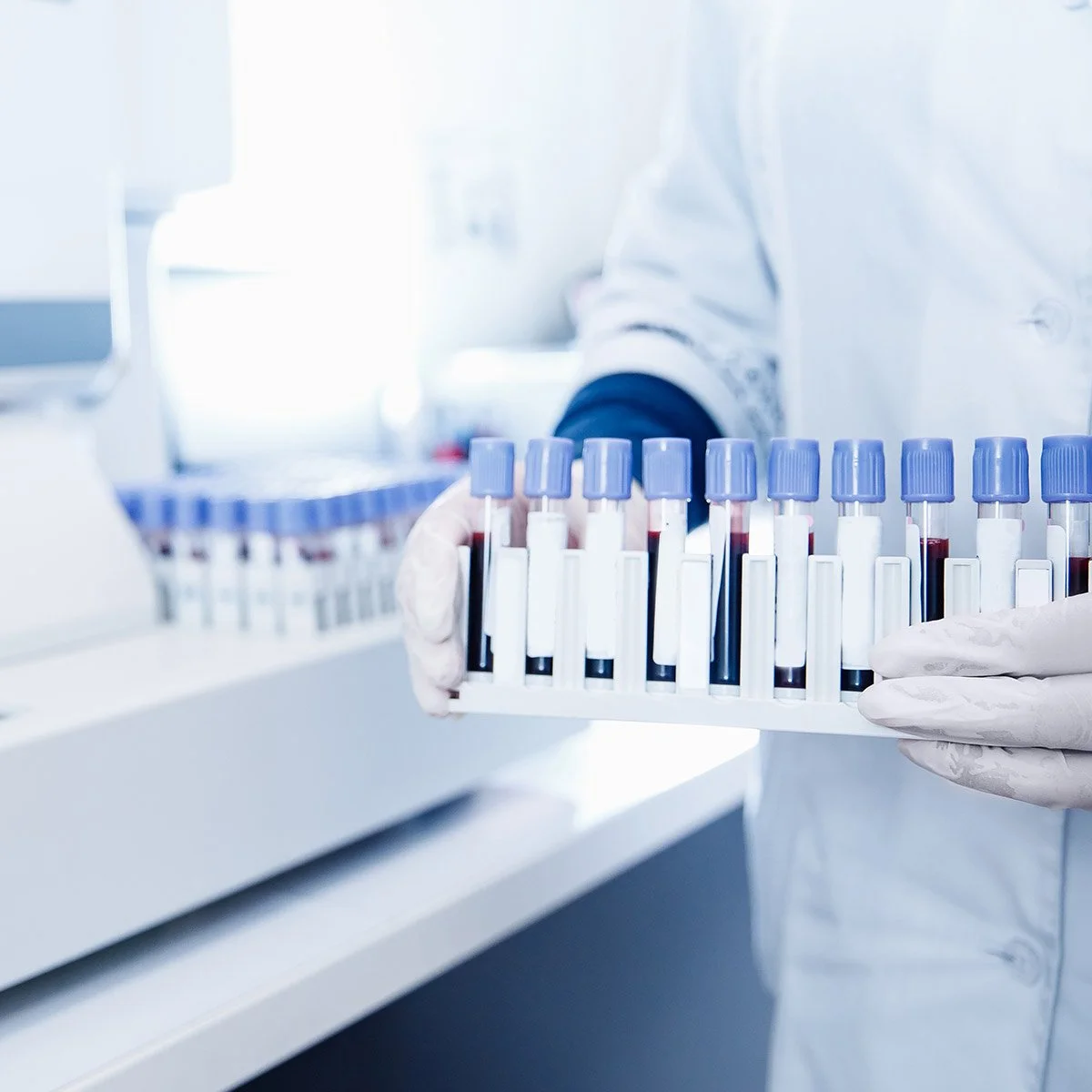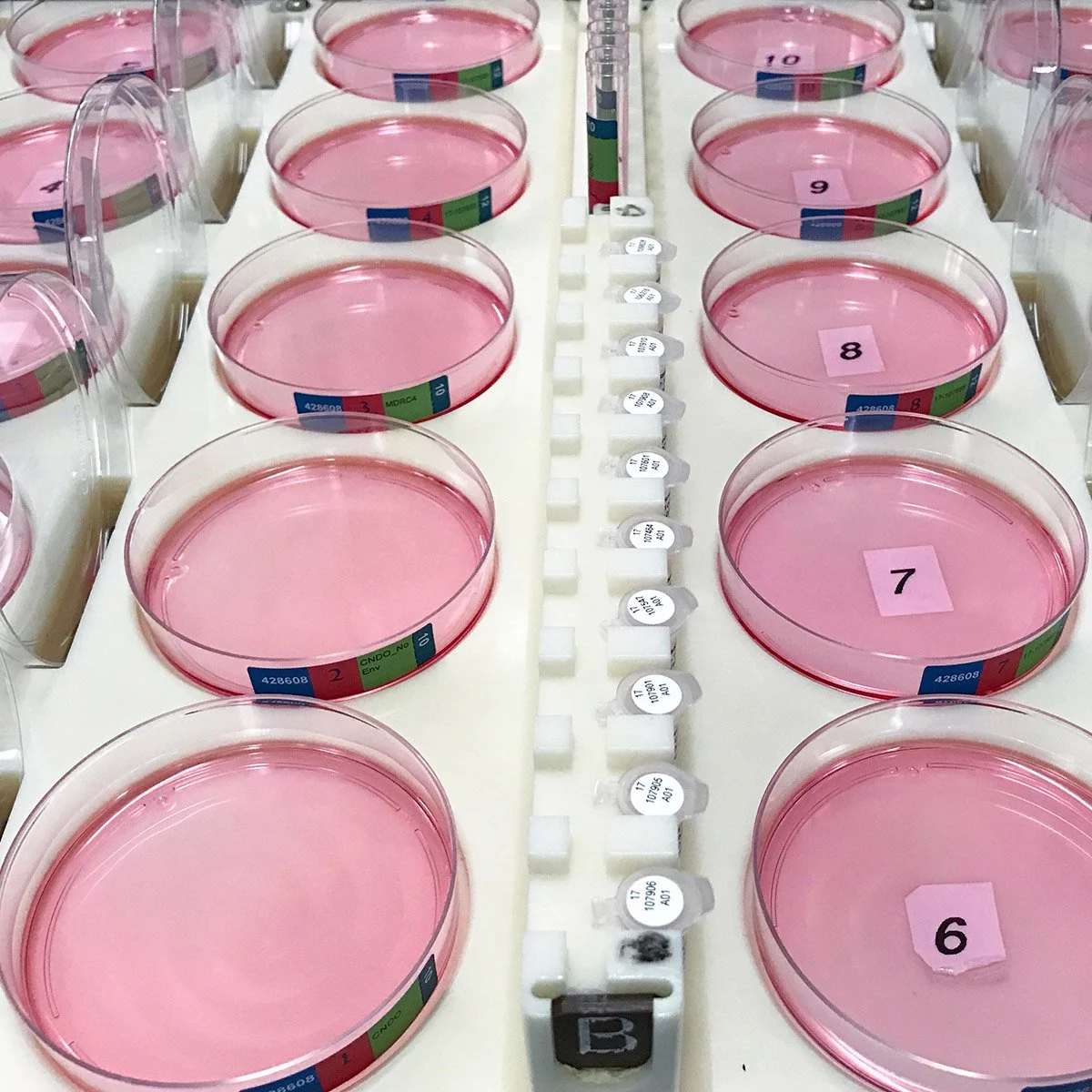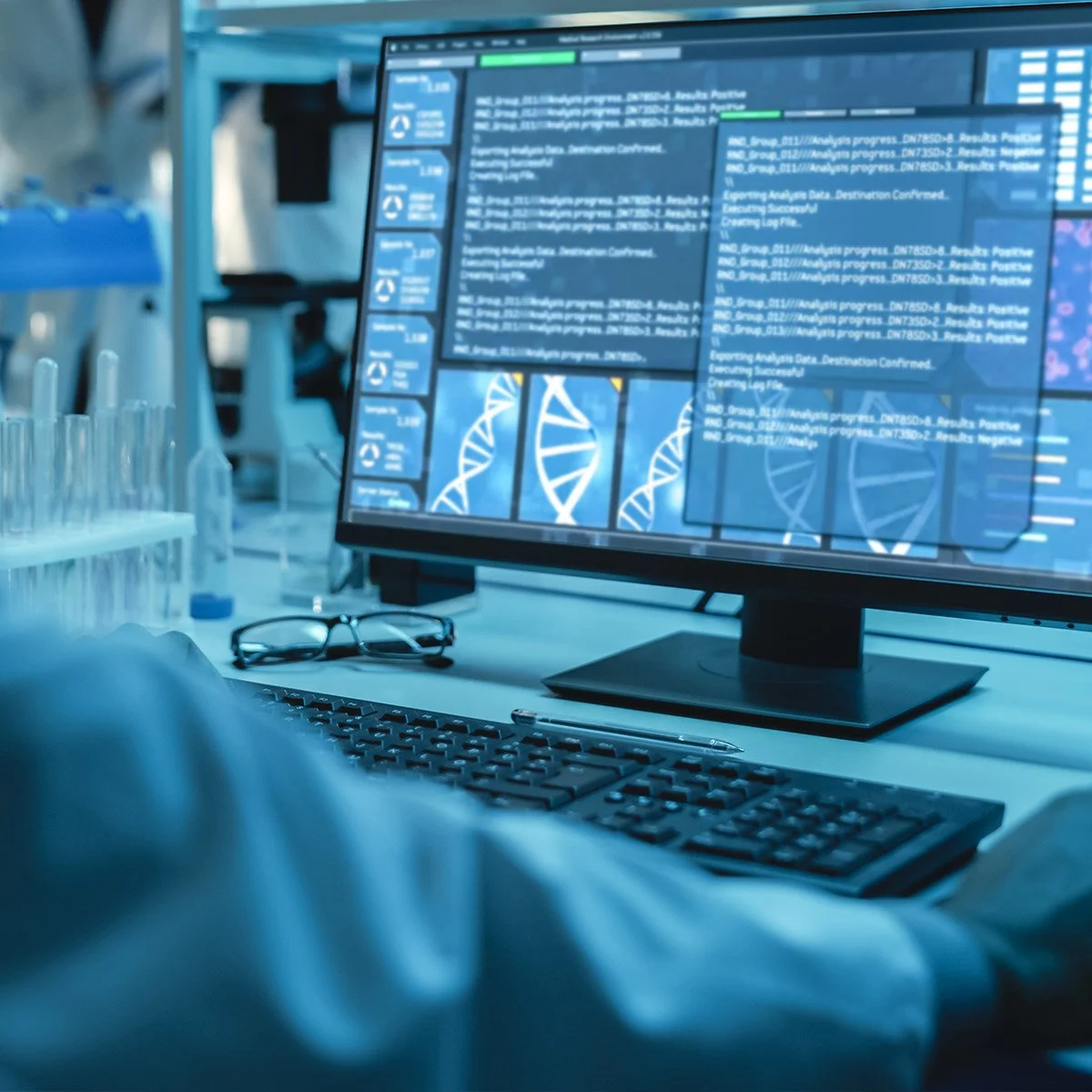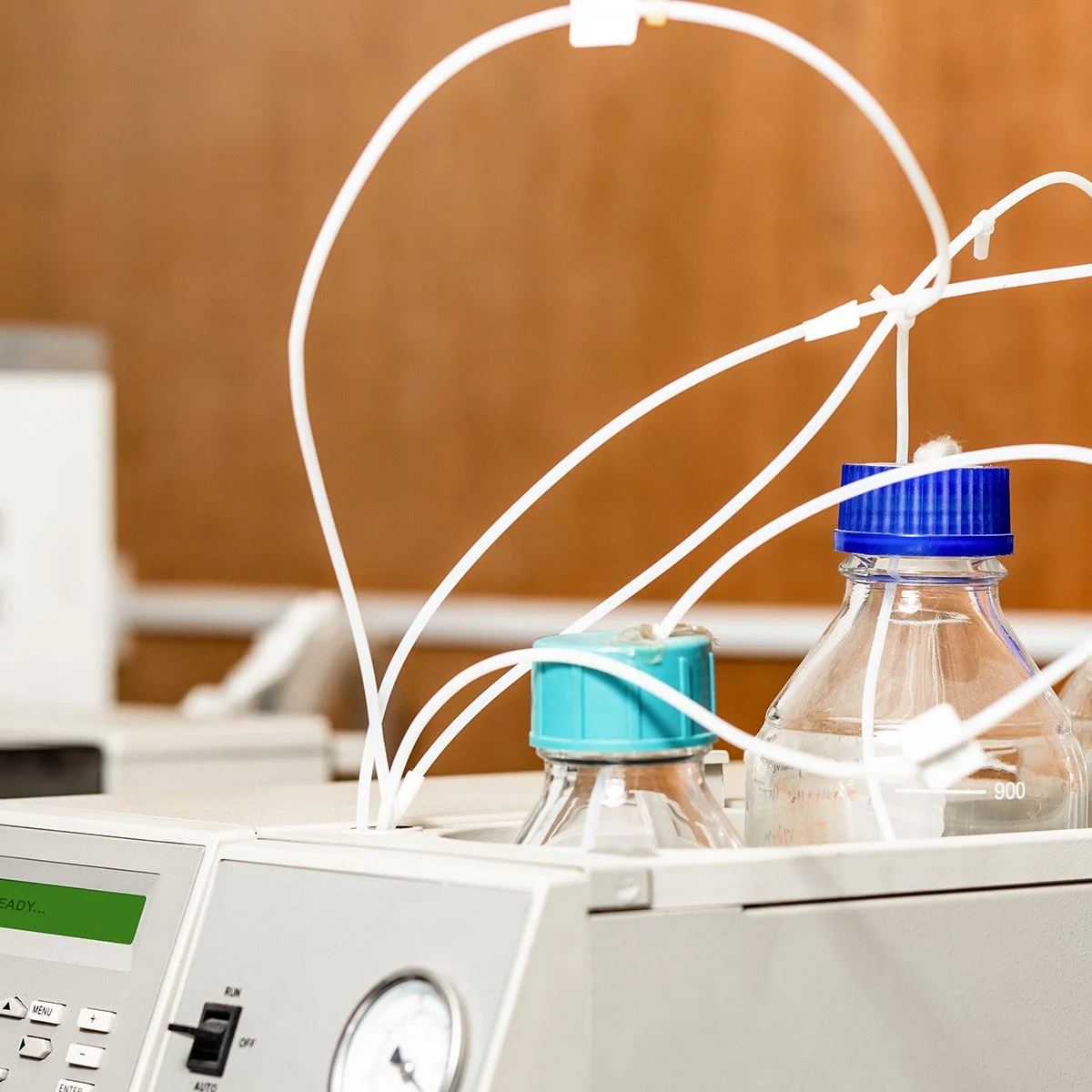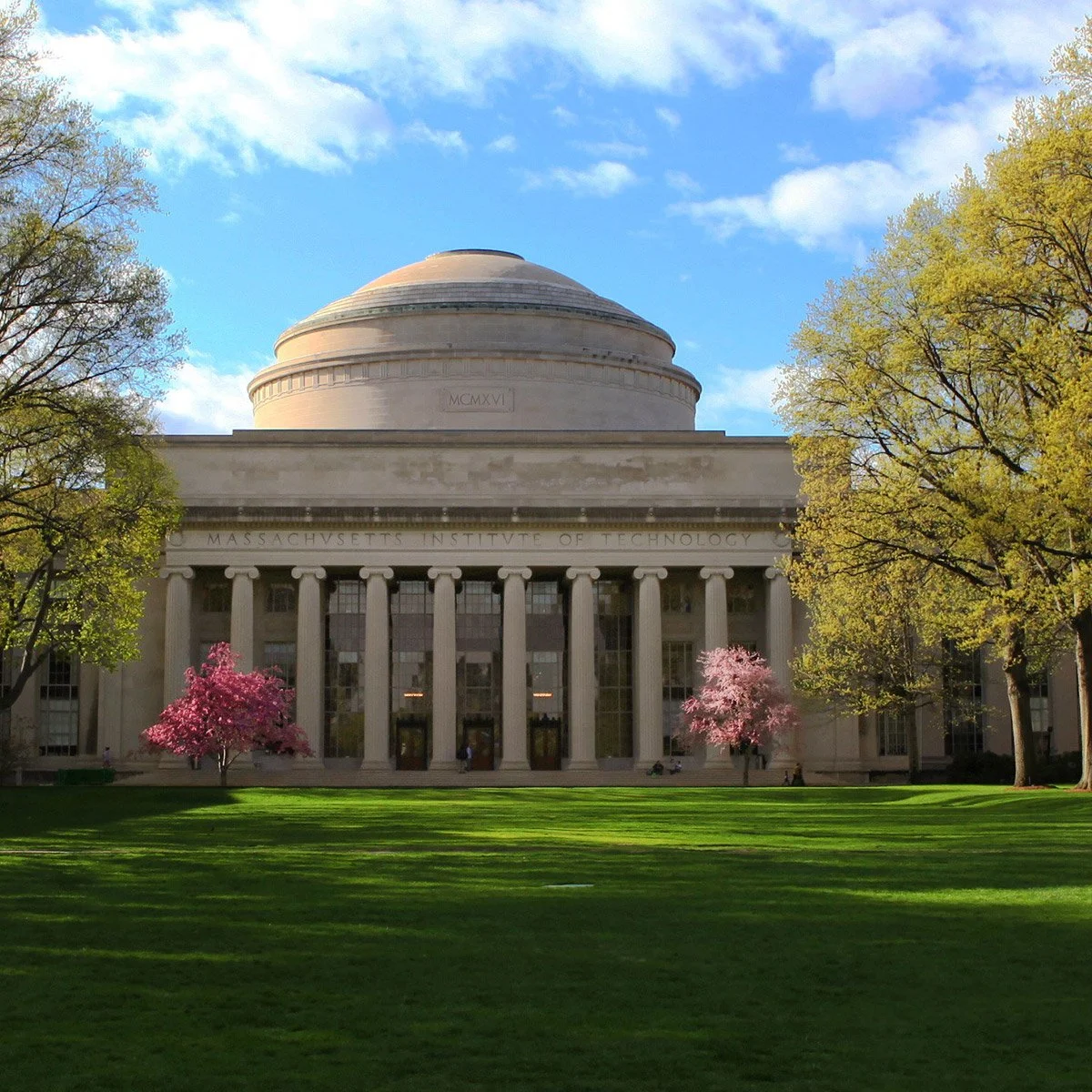What would you do after retiring from a life long career in a field you loved? In April Blodgett’s case, she saw a way to give back by enabling science education and new avenues of research with her volunteer work as the “Pipetting Pigeon”.
Labconscious thanks April for the following interview and her sizable positive contribution to cost savings and waste diversion for life science! We hope her story will inspire biologists to find similar opportunities to conserve scientific resources.
1. What is “the Pipetting Pigeon”? What do you do?
The Pipetting Pigeon is my hobby in retirement. When a lab or lab project is closing down near me, I find a recipient in need, then go with my vehicle to visit the lab donating surplus materials and take out as many plastic consumables as I think the recipient, usually a lab in academia, could use. Many recipients are high schools, especially technical high schools with biotechnology programs. They're great recipients! Sometimes it's biotech startup incubator spaces or new biology professors at universities who are starting research labs. A typical carload of materials is worth about $14,000 dollars, and that’s $14,000 of scientific resources that a lab won’t need to buy. I don’t charge fees to either party, with the caveat being if there is such a large amount of donated materials that I need to rent a truck to carry it all at once. For example, I had an organization shutting down that packed eight, seven foot high, metro racks tightly with stuff. They helped me to roll them into a U-Haul truck that I rented and then I drove it to a biotech incubator. The incubator staff helped me to roll all the racks into one room for common use by scientists at these small biotech startup companies.
3. What a huge help! Many labs find it challenging to donate unused materials when the science takes them to other avenues or requires updated equipment. There seem to be schools who could use them. Why do you think your donation system works?
The missing link is actually the connection. It’s easier to use a dumpster than risking never finding a recipent lab. Since I formally worked in sales serving scientific labs, I have no problem calling people up and saying let’s have a conversation. Do you want to give me a list of what you have to donate? Or, can you give me a list of what you need so your lab is fully equipped for the rest of the school year?
It has been enormously helpful that I pick up and deliver. People say yes when they normally couldn’t just because of this. These materials are brand new, unused, and not hazardous. As a donor, you're not going to tell me why you have it to begin with. I just don't care. Recipients agree to take everything in my vehicle. It’s a firm requirement because I don’t have storage space. I pick up and I deliver on the same day. I make a point to try to match what recipient labs want with what I take from donors. Every organization has to pay for disposal anyway so donating essentially prevents a cost. That’s not the reason people donate materials but it helps. Surplus lab materials has been a boomerang effect of pandemic related supply chain disruptions that has impacted many labs. Pharmaceutical or biotech companies have more storage than academia but there is always a limit. You can’t keep everything stacked in hallways. Overall I’m making connections that benefit both sides; the recipients and donor laboratories.
2. Why do you do it?
The point of doing this is that donors won’t put new unused lab materials into a dumpster. And instead, all these people in labs will use these resources. Lab work is expensive. Plastic lab materials and microbiology media are expensive. Labs could be paying two to seven hundred dollars a piece for a pipettor, depending on what type is bought, right? Then they need boxes of new pipette tips to use them because you race through those. Microbiology was my calling so I especially love supporting that type of research at universities. Some high schools are doing great things to teach sustainability, like composting cafeteria food waste and using it to grow gardens or fermenting waste and processing it into fish food pellets. Exposing young people to sustainability and biotechnology is great. Any little bit that I can do to help advance science education, I'm all in. The Pipetting Pigeon is how I do that.
It's a lot of fun because I get to meet the people who are working in the labs and doing new things, sometimes they're just closing programs and sometimes they are shutting down a lab entirely. It's fun to talk to scientists, and then it's fun to talk to the high schoolers too. The high school teachers are just brilliant by the way. They have so little to work with, and they accomplish so much.
Donated scientific lab supplies and equipment ready for transport and the cheerful “Pipetting Pigeon” herself, April Blodgett.
Any little bit that I can do to help advance science education, I'm all in. The Pipetting Pigeon is how I do that.
—April Blodgett
4. How far does the Pipetting Pigeon migrate?
I try to keep it within a 2-hour ride from central Massachusetts. I've been down to Rhode Island. I've been up to New Hampshire. I haven't done Maine yet. Certainly, I’m transporting around Massachusetts all the time. Sometimes it's just about making the connection, right? Once in a while, I’m making the connection across a long distance without needing to provide transport. I had an organization looking for 50 ml conical tubes and a donor organization with an excess available. The donor was kind enough to ship a pallet of conical tools down to Philadelphia. In another case Green Labs Recycling offered two of their trucks to take twenty pallets of unused pipette tip boxes from a donor to a school in Manchester, New Hampshire.
5. What kinds of lab materials do recipients typically need?
Needed items include things like serological pipettes, pipette tips, Petri dishes and Erlenmeyer flasks. Sometimes there is a need for cell culture flasks, which are more expensive. Sometimes it’s small equipment. Micropipettors are always awesome. On the other hand, items designed for high throughput, like 96 well plates won’t work for college teaching laboratories or even most small biotechs. As I said, I make a point to try to match what recipients want with what I take from donor labs. The tough part of working as the Pipetting Pigeon is when I’m offered something that’s really great and I can’t take it.
6. I have to say, what you’re doing is exceptional. Is there anything holding you back from doing more?
I don’t have storage space. Donors reach out to me by word of mouth. I always have donor labs who are shutting down programs and don’t want the materials to go to waste. When I walk into a donor’s lab sometimes I see very neat things, but I don't have a place to put them, so I need to leave them behind. If I had a space to store and organize materials then my system would be more efficient and I would be able to get more materials into use. I’ve moved roughly at least $750,000 worth of materials this year. Imagine if that went into the trash instead of the hands of scientists?
While its true that the Pipetting Pigeon improves sustainability, for me it’s about advancing the next group of scientists, building that generation. When students start a new semester and they want to do biology, but there are no tools I would love to be able to invite them to a storage space and say, help yourself to what you need.



